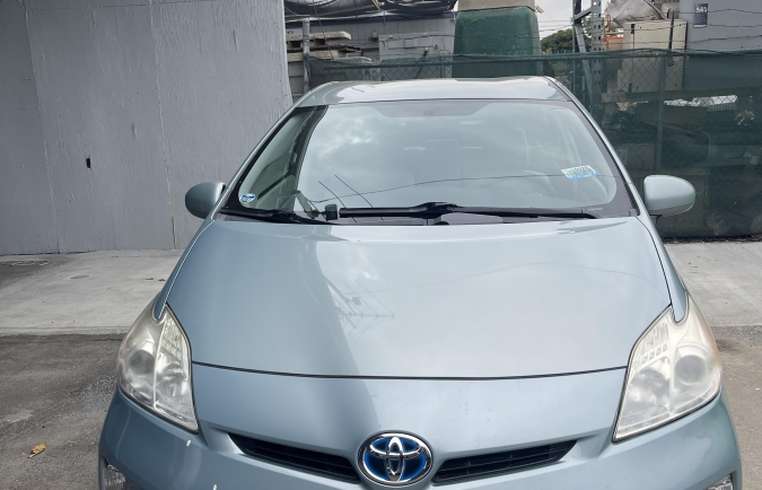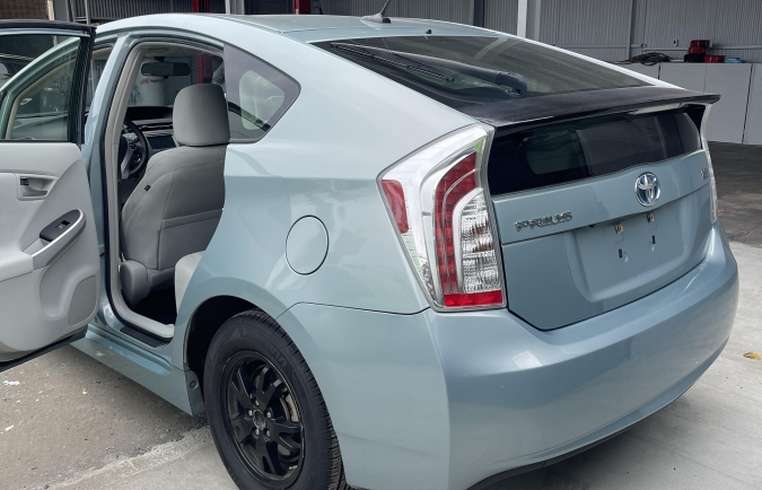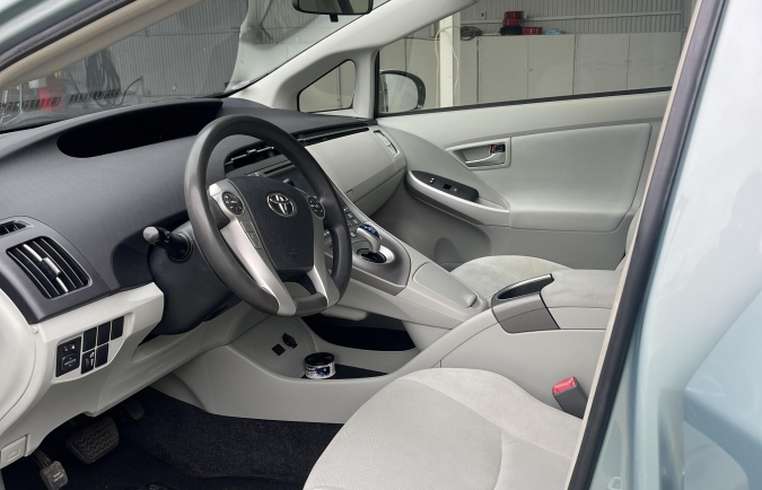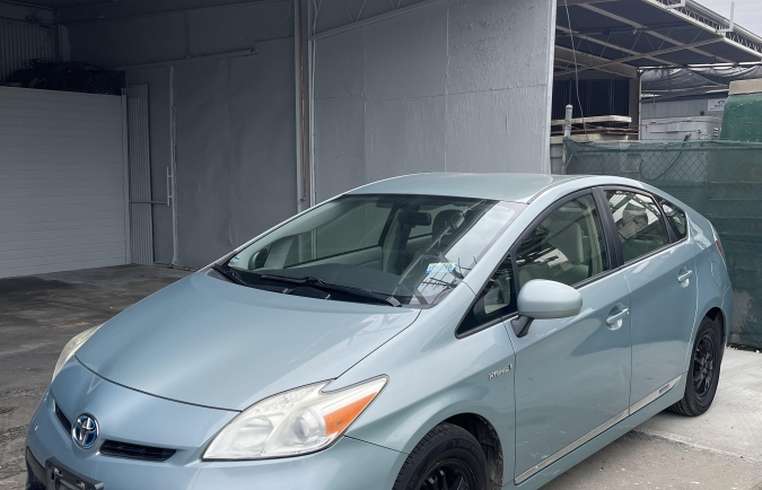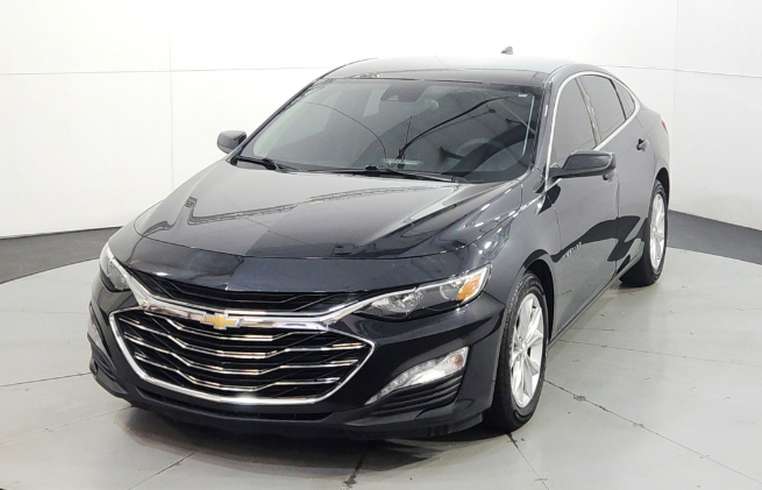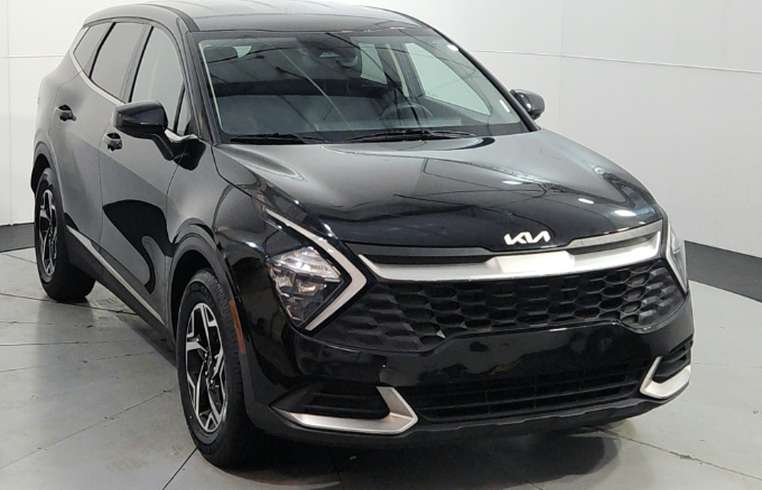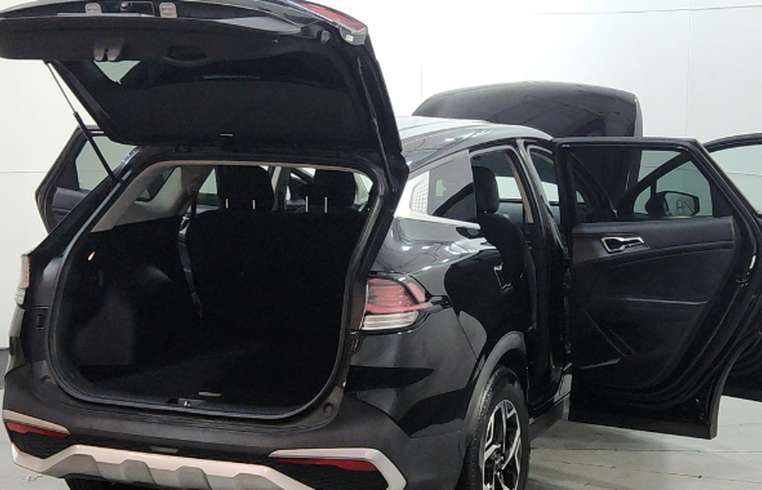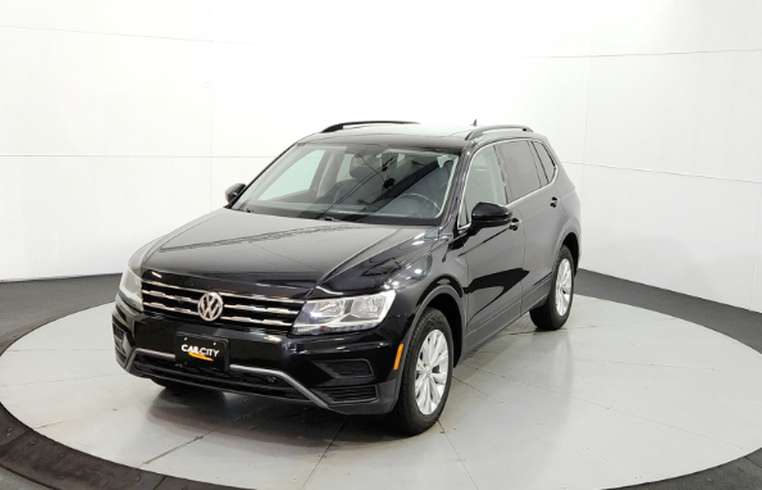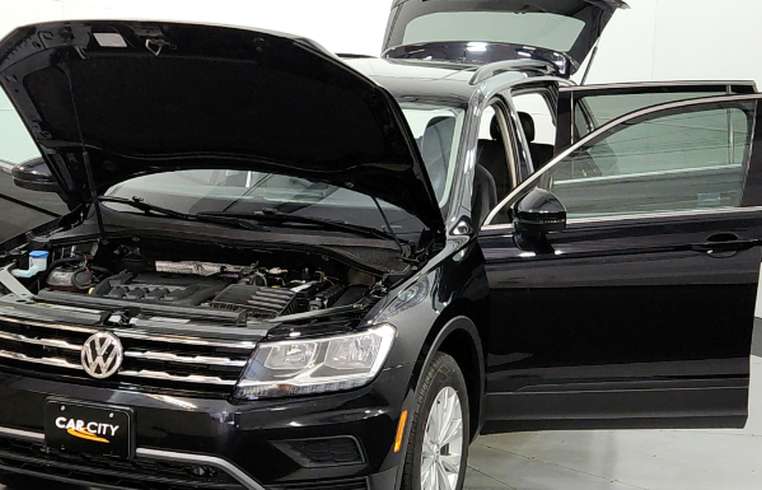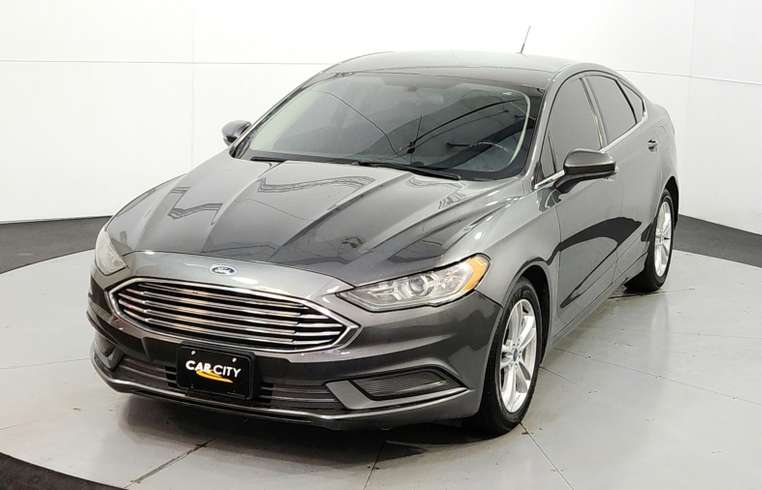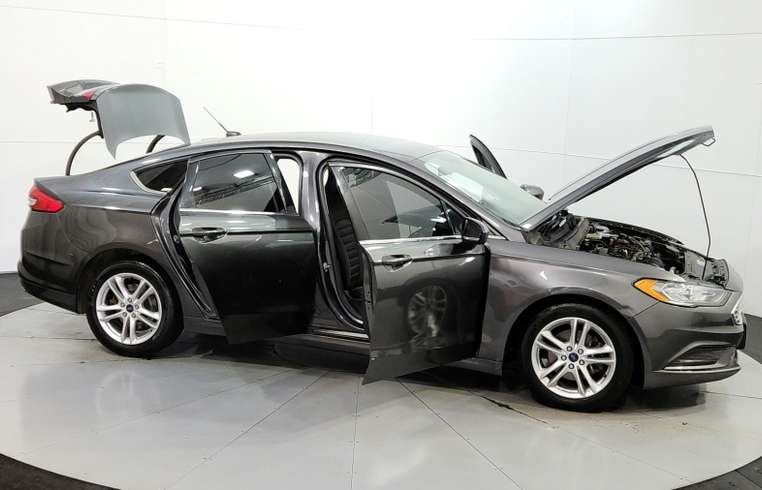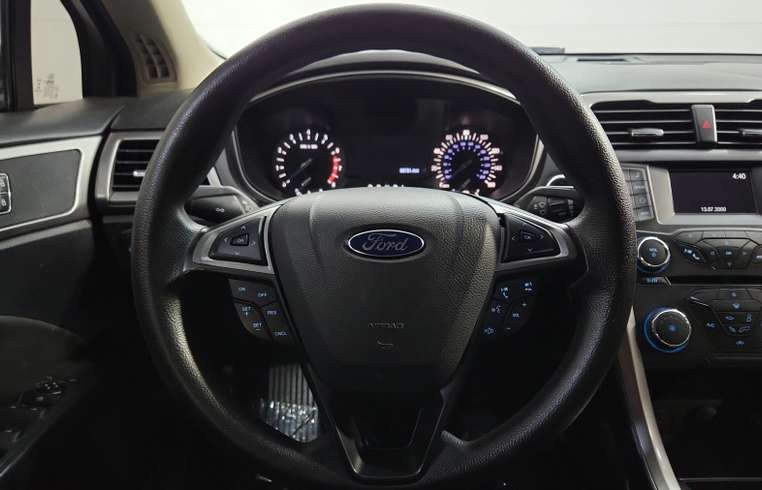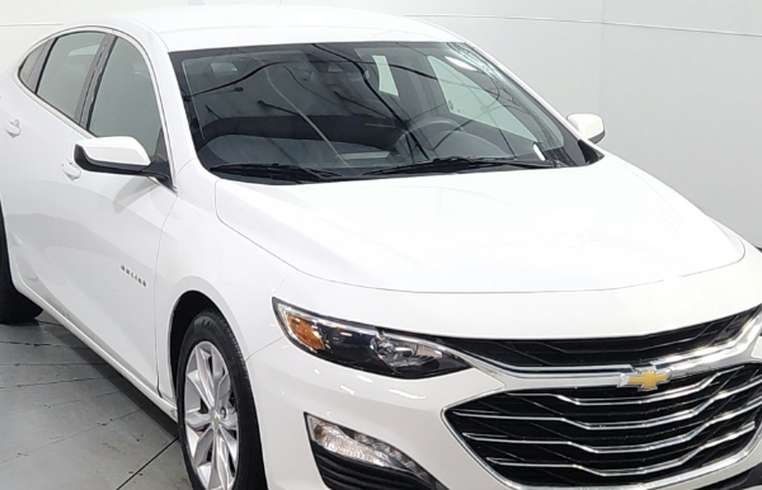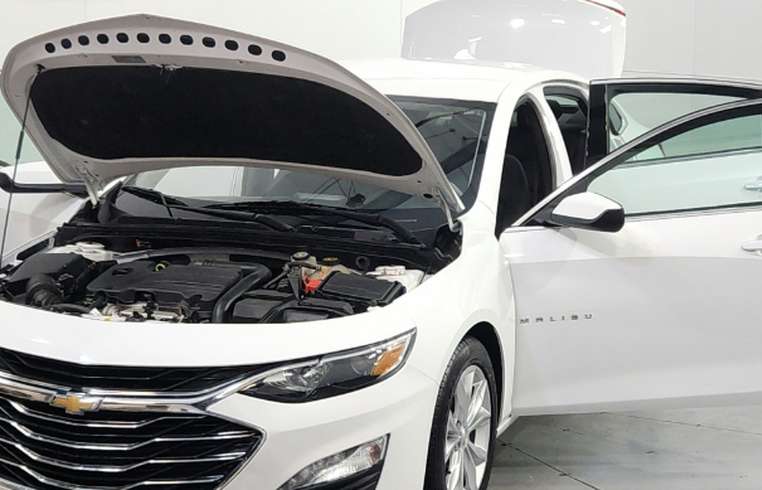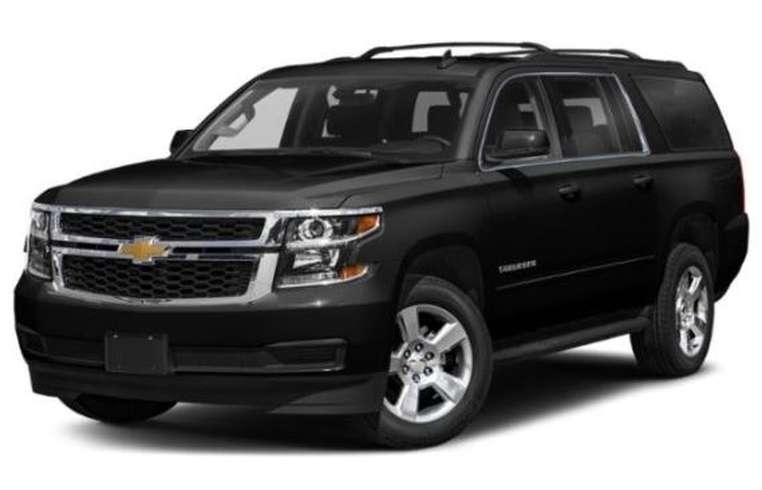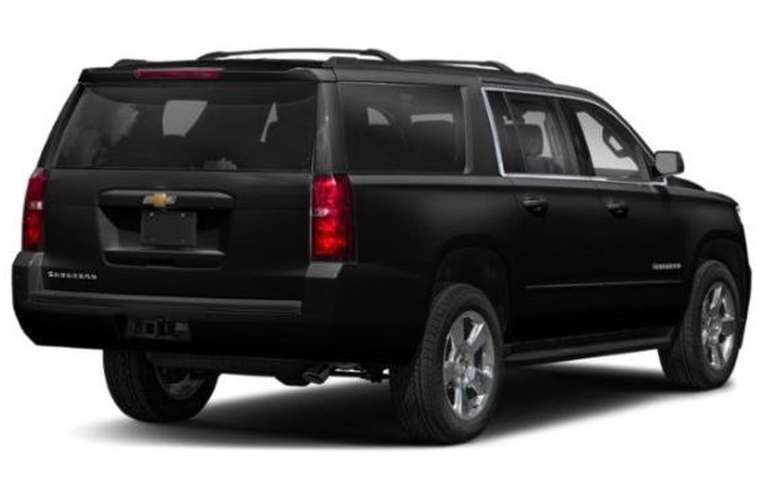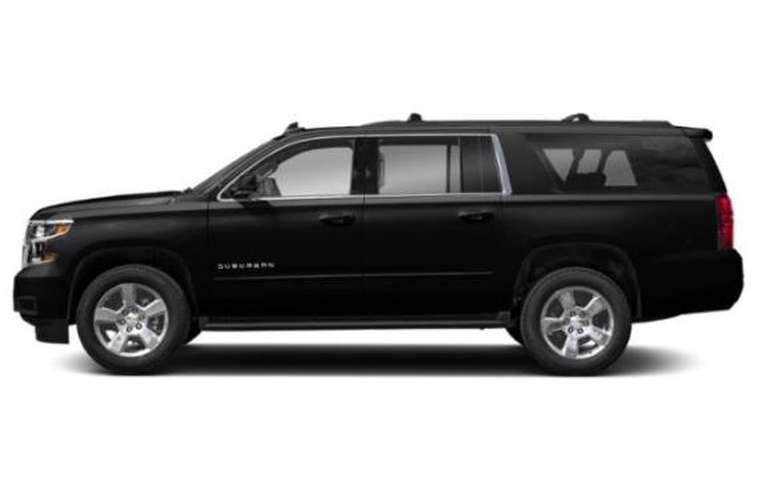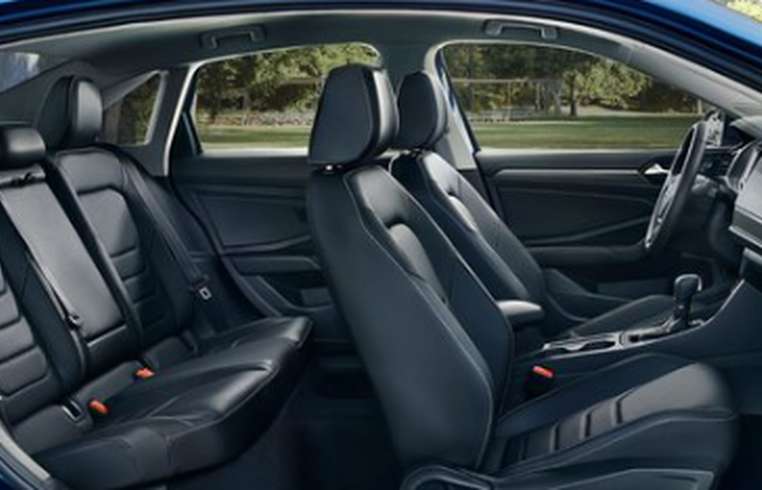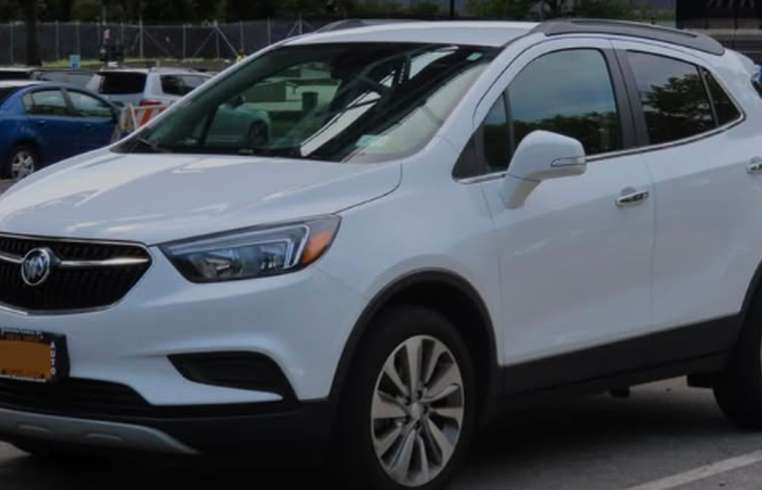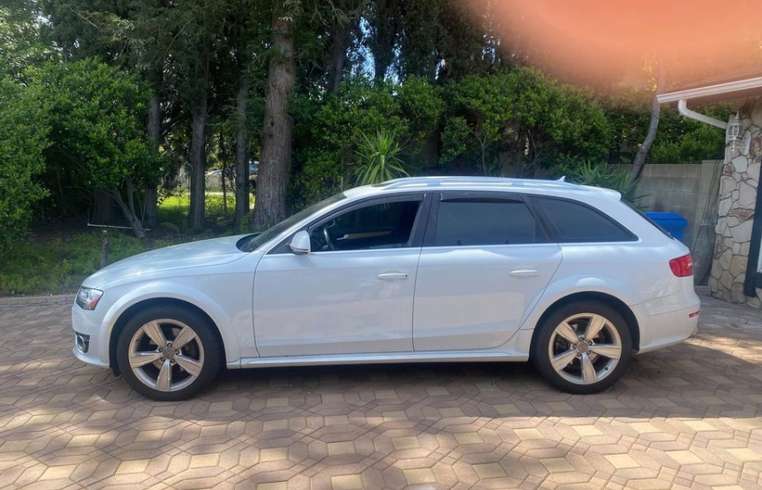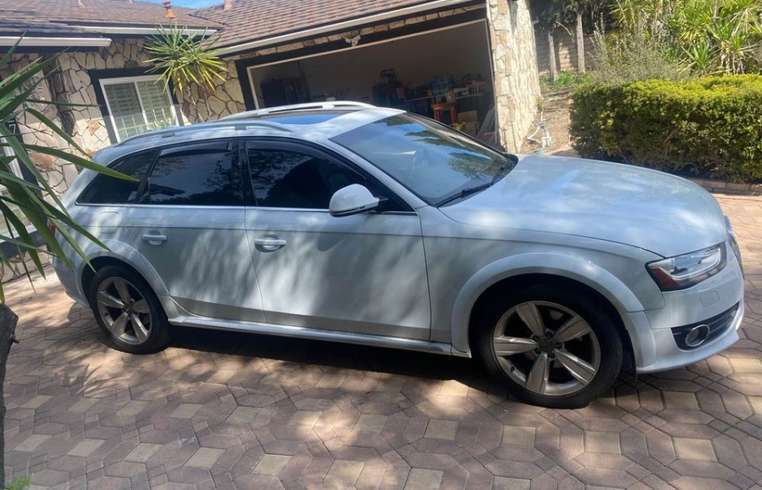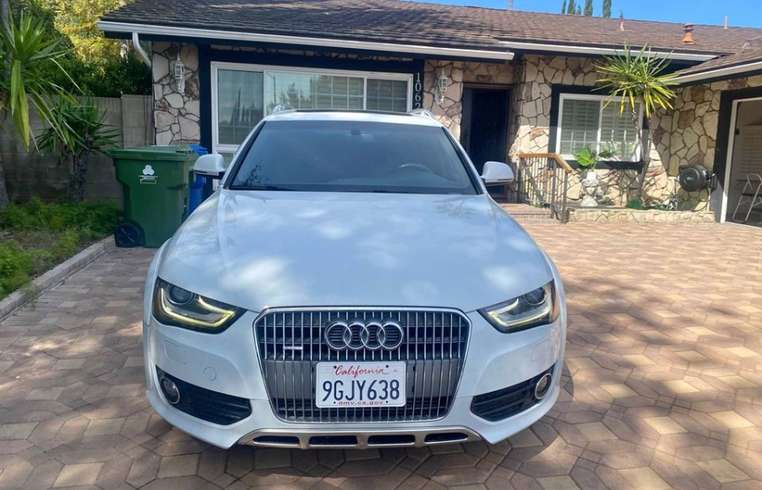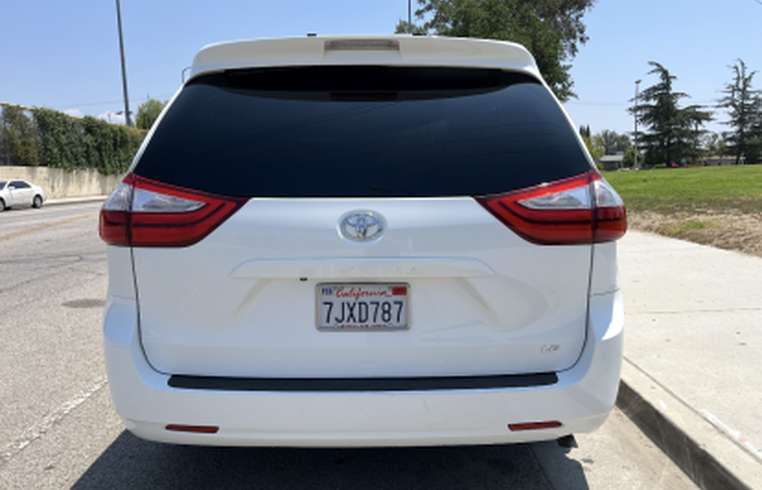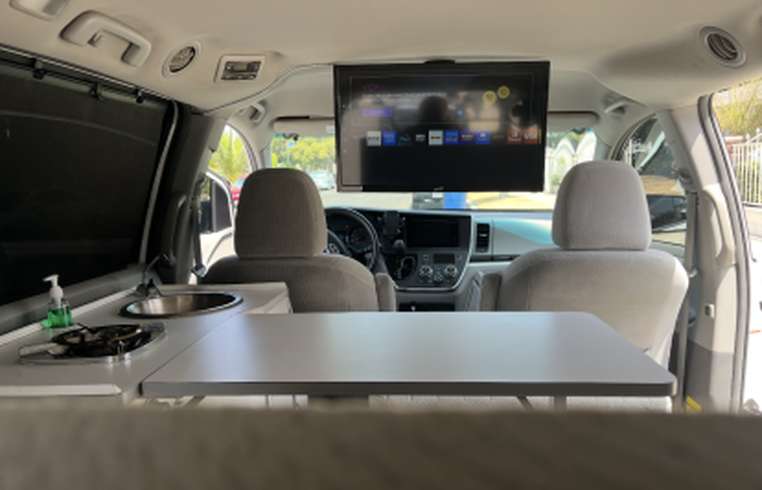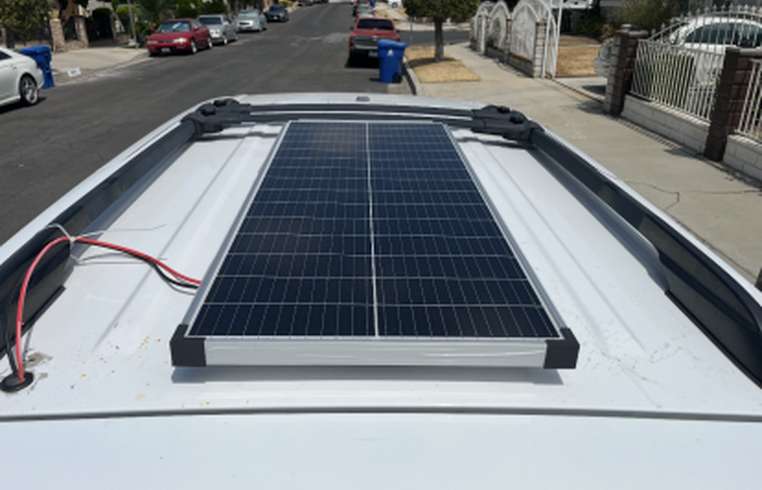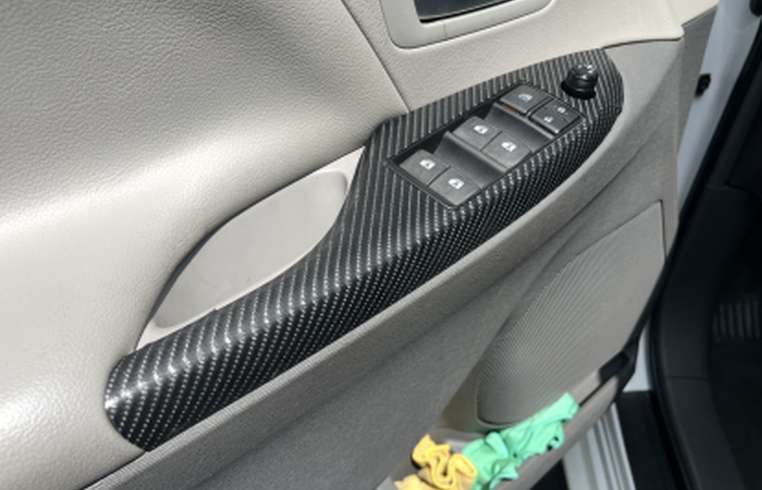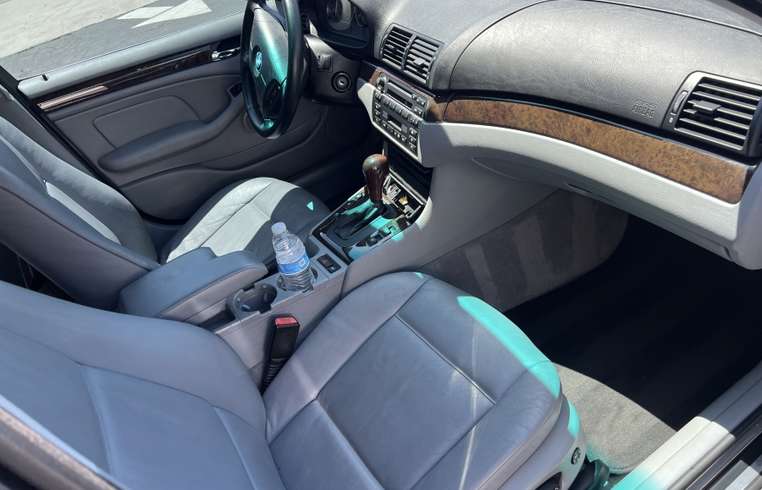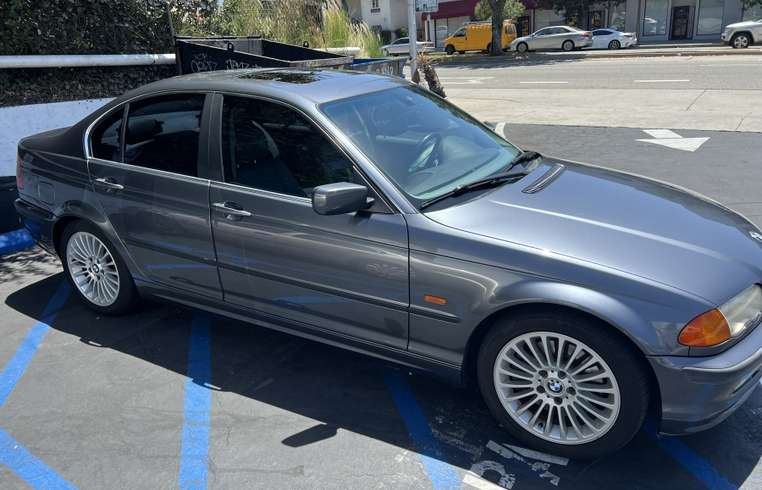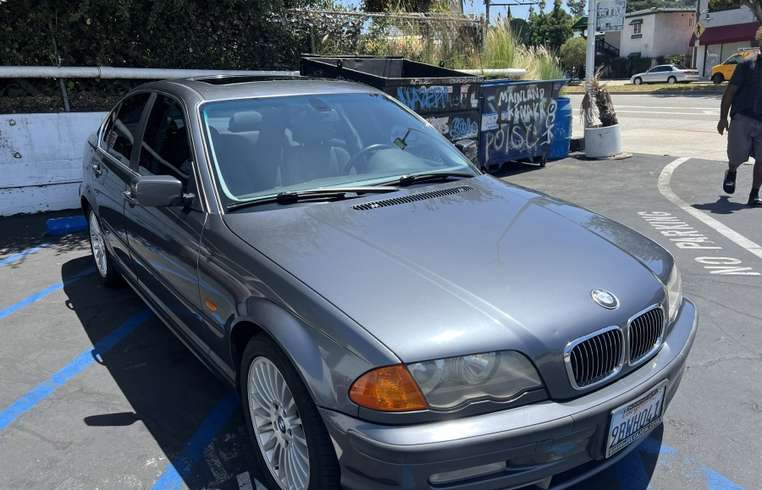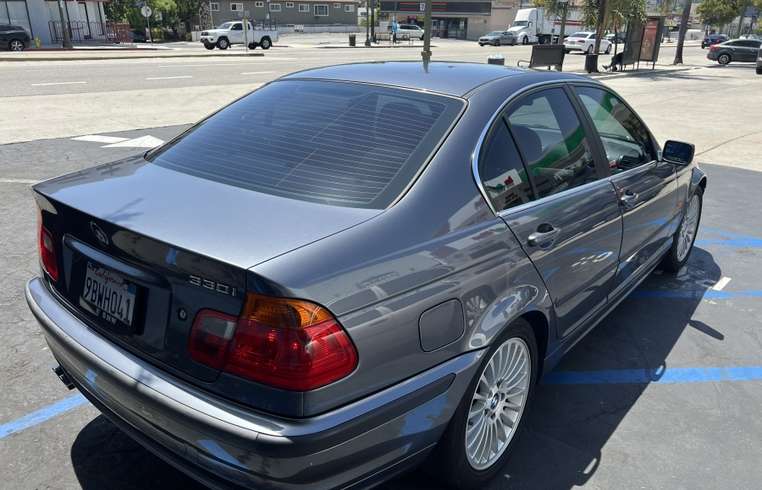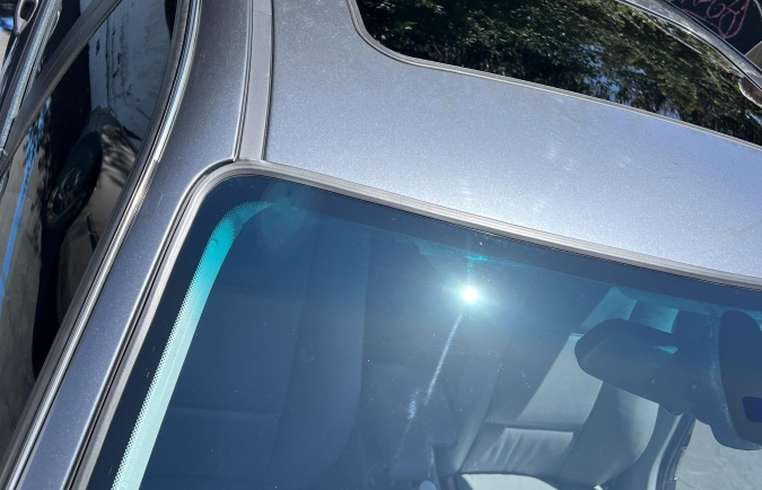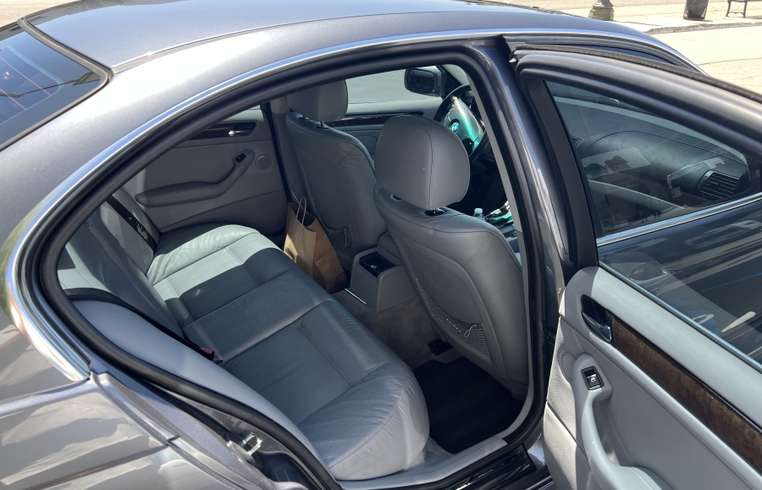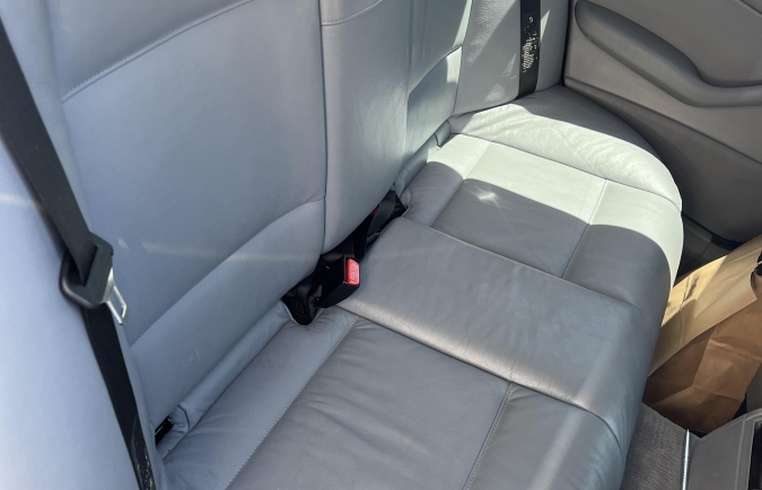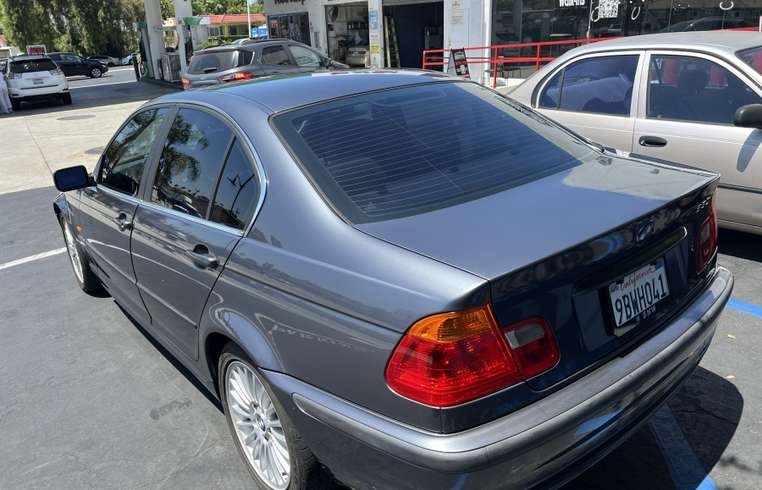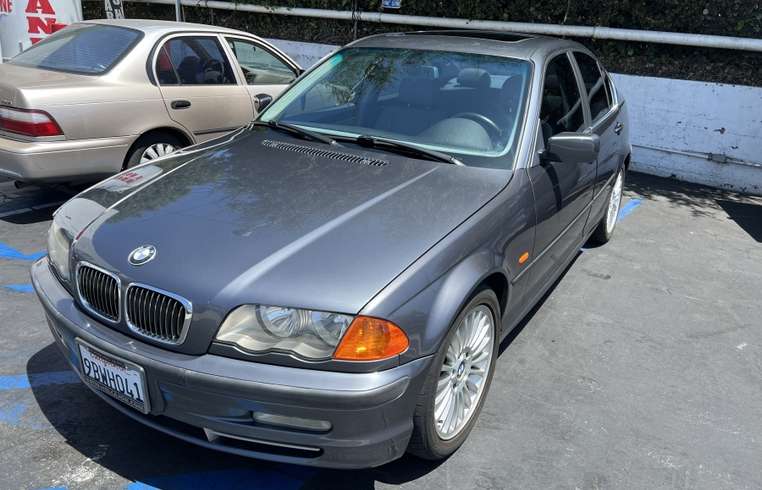
Futuristic Vehicles in Science Fiction
The Evolution of Futuristic Vehicles in SF
Science fiction has long been a fertile ground for exploring the future of transportation. From the sleek hovercars of cyberpunk metropolises to the interstellar spacecraft capable of faster-than-light travel, SF has painted a vivid picture of possible futures. These stories and visions have influenced generations of scientists, engineers, and designers, encouraging them to turn the fiction of yesterday into the reality of today.
In examining the role of vehicles in SF, we notice they are more than mere tools for travel; they symbolize humanity's relentless pursuit of knowledge, freedom, and exploration. They embody our deepest desires to transcend our limitations, explore the unknown, and redefine the boundaries of our world.
Innovations Inspired by SF
Bold predictions in SF have often preceded real technological breakthroughs. The concept of autonomous cars, once confined to the pages of speculative fiction, is now on the verge of becoming mainstream. Similarly, the dream of commercial space travel, inspired by countless SF narratives, is closer than ever to being realized, thanks to the endeavors of space exploration companies. These examples underscore the tangible impact of SF on vehicle technology and design, proving that what once seemed unimaginable can become part of our everyday lives.
The Future is Now
As we stand on the brink of new discoveries and innovations, the line between science fiction and science fact continues to blur. Futuristic vehicles, with their promise of revolutionizing mobility, offer a glimpse into a world where distances shrink, and the globe becomes more interconnected. The exploration of these concepts in SF not only entertains but also challenges us to rethink our relationship with technology and its role in shaping our future.

